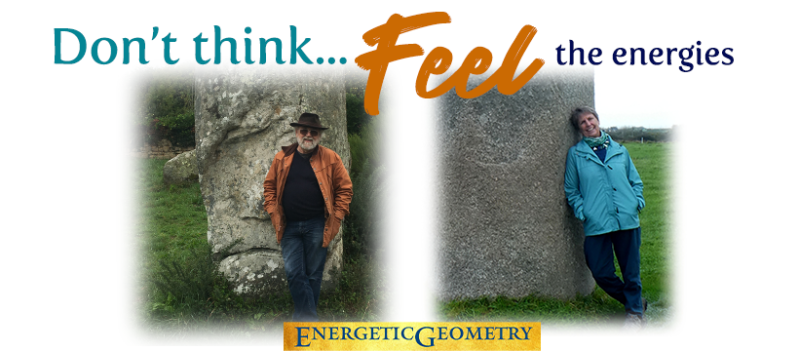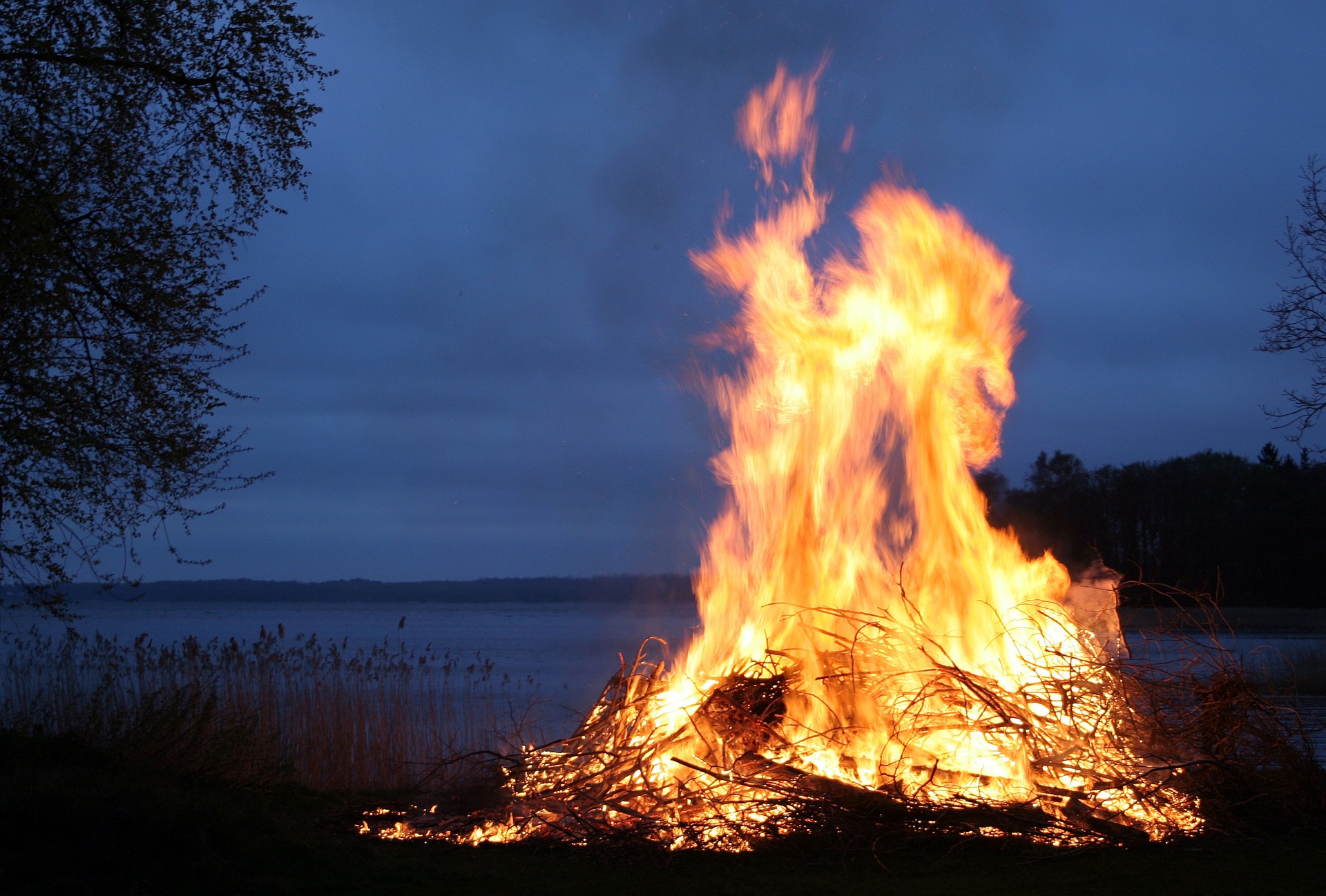 Night has come and the community is completely dark; all remaining light sources throughout the entire area have been extinguished in anticipation of Bel’s fire.
Night has come and the community is completely dark; all remaining light sources throughout the entire area have been extinguished in anticipation of Bel’s fire.
It is the full moon in May and the celebration of Beltane begins. The druid, with a magical spark, ignites the fire and the flames hungrily lick the air. Incantations uttered by the druids imbue magical power into the fire. As the heat and light strengthen, celebrations and rituals begin.
People dance around the fires and feasting commences.
Later as the flames die down, people leap across the remaining flames, and livestock is driven between bonfires. These massive fires dotted the countryside on the eve of Beltane in the ancient Celtic world of Gaul. This was a time of celebration and rituals to welcome back the season of light and ensure the health of the community.
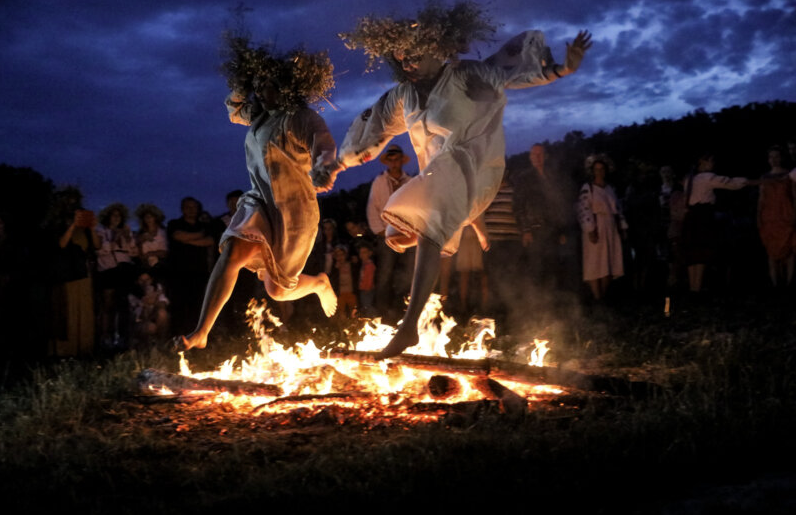
Beltane, the anglicized name of the Gaelic celebration of Spring, means bright fire. It was one of the most critical seasonal changes of the year for the ancient Celts. It marked the change from the dark season to the light-filled season of the summer. They used a different calendar than ours, one based on the solar and lunar rhythms.
The moon indicated the beginning of each new season and the four significant celebrations in each year.
Imbolc began the new year in February, Beltane followed in May, then Lughnasadh was celebrated in August, followed by Samhain in November. When we consider these celebrations from the point of dark and light, Beltane and Samhain were the two most important times. Samhain marked the time of darkness and symbolic spiritual death, while Beltane was the celebration of light returning to the land.
The Bel fire was a symbol of the nourishing summer sun and it also marked a time when life changed in daily activities. The summer rhythm was beginning and this was the time of hunting, war, and conquests for the warriors and time of agrarian pursuits and breeding work for the herdsmen and farmers.
Because the Celtic people were predominantly herdsmen, protection, and care over their cattle and sheep, and to a lesser extent, their fields were paramount. It was a time when the herds returned to their pastures. Symbolic rituals were performed to protect their livestock, ensure a good harvest, and encourage fertility and growth.
The Gauls, who predominantly lived in France were the most ancient of the Celtic people.
This was also a time when they would gather their young men and women and send them out into the world to start new communities. The druids would determine by divination in which direction the young people would travel to begin their new lives.
The Celtic Gauls worshiped many gods, but the most important for Beltane was the Goddess Belisama and her consort Belinus. Belisama’s name means very brilliant and Belenos’ name means the glorious, shining god. These two ancient Celtic deities were both connected with fire, light, the sun, and healing springs.
Belenos was associated with the fire festival and the sun. He later became associated with Apollo, another bright and shining sky god. He has the same healing and medicinal powers as the Irish god, Diancecht.
Belisama was associated with the hearth fire, metallurgy, the creation of weapons, and hot springs. She is also a warrior and healer in relationship to the springs. In fact, the miraculous healing waters of Lourdes were dedicated to Belisama. She was the sister to Belen, the Gaul god of the sun. She was a triple goddess and thus had parallels and connections to the Irish goddess Bridget, Belisama became assimilated in the Roman pantheon as Minerva who represents lightning.
She was so important that she was considered the feminine principle of the universe.
It was essential for the Celts to keep their gods happy and ensure the right relationships with them during this time of change from the season change of dark to light. It was a time when the boundaries between the natural and supernatural were believed to be very thin. Special measures were taken to appease the gods and so sacrifices were made to them mostly of young lambs.
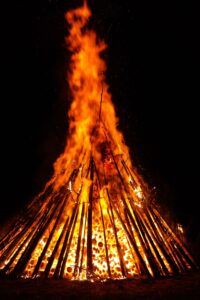 Druids were in charge of the Bel Fire and ensured it was very powerful and full of magical powers. It needed the ability to purify and to protect from evil and disease. This special fire also needed to increase the fertility of livestock, crops, and people.
Druids were in charge of the Bel Fire and ensured it was very powerful and full of magical powers. It needed the ability to purify and to protect from evil and disease. This special fire also needed to increase the fertility of livestock, crops, and people.
The Bel fire celebration started by extinguishing all the fires in the community; every light was put out from the hearth fires to candles and torches. Not a single light could take away from the power of the Beltane fires. Then the most powerful druid would light the fires. Because the Bel fire was so important and powerful, the druid that lit it must also be the same. Next, the magical incantations from all the druids would begin as they gathered around the fires adding their power to the flames.
After the fires were at their strength, people would dance around them with torches lit by the Bel fires.
The entire fire from the flames to the embers and ashes all had protective powers and were used. As the Bel Fires burned down, people would leap over them for various reasons. For example, if someone were going to take a long journey or risky venture, they would jump over the fire three times for protection and a happy ending. Young girls jumped over the dying flames to ensure finding a good husband. Pregnant women would go over the embers to provide for an easy birthing process and healthy babies. Even children were led over the ashes for protection and health.
Animals were driven between two fires or even made to jump over the embers of the fires to ritually cleanse them and keep them disease free. Every household would take some of the embers to rekindle the fires in their hearths. After the fires died down people would daub the ashes on their bodies. Then the ashes and other small pieces left from the fire would be spread over the fields to protect them from pestilence and to ensure the fertility of the crops.
As mentioned earlier, Beltane was a time when the veils were thin, similar to Samhain, celebrated in November. On the night of Beltane, people made a point of avoiding places frequented by fairies, elves, and otherworldly creatures. Additionally, care was taken to ensure the fairies were included in the feast with offerings. Food and other offerings were placed near areas the fairies frequented.
Beltane through the years has changed as all things do.
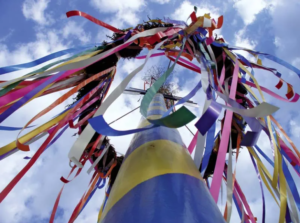
In addition to the fires, it is associated with fertility rites and spending the night in the forest making love until the early morning. Maypoles with their beautiful ribbons, dancing, feasting, and fertility rites originated in Germany and are celebrated in France too. Presenting flowers to lovers on May 1st became popular beginning in the 16th century. But, even under the guise of giving flowers and dancing around the May Pole, the primal power of the Bel Fire calls to us.
By Karen Crowley-Susani
